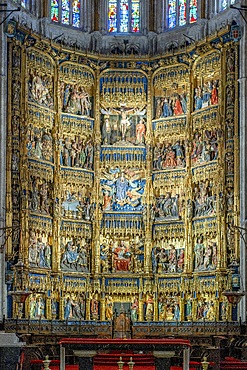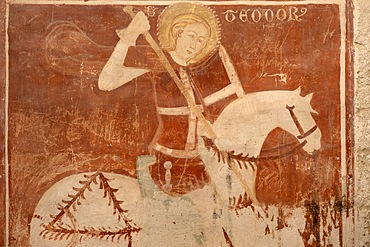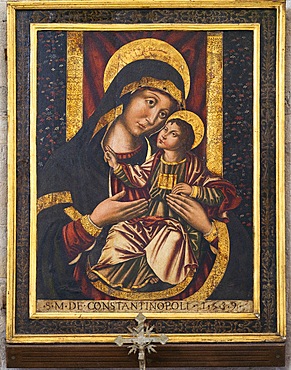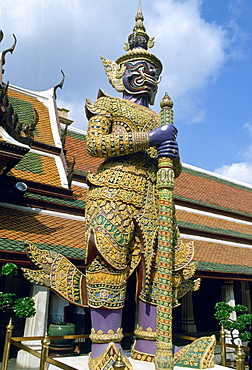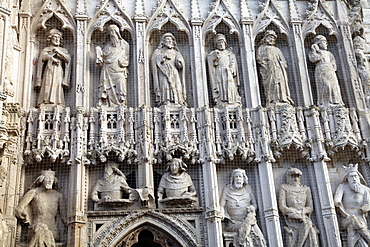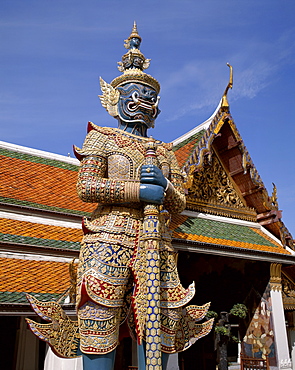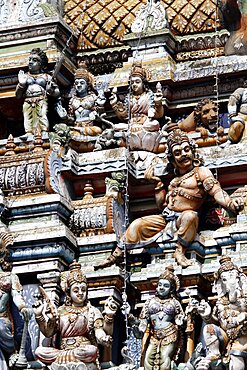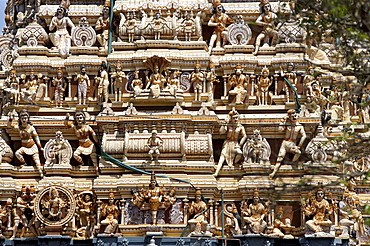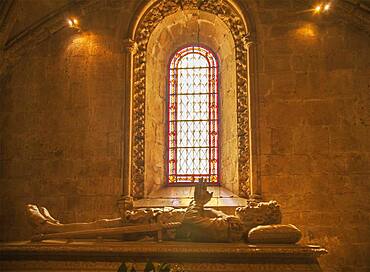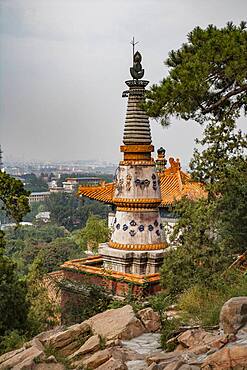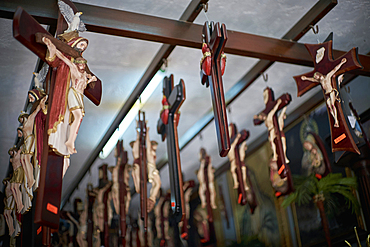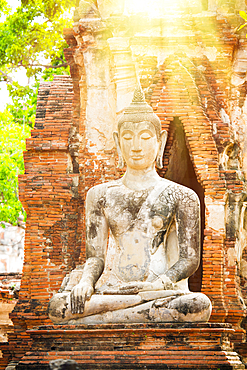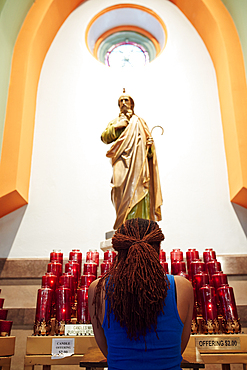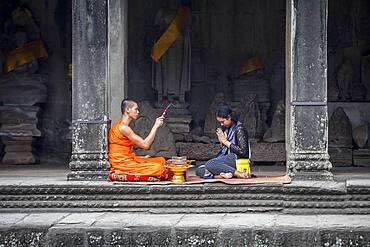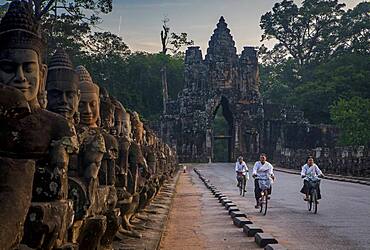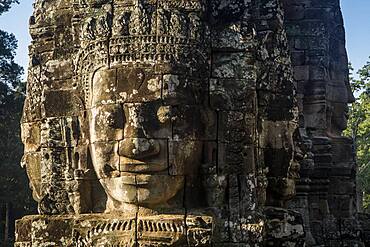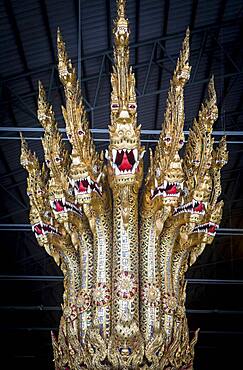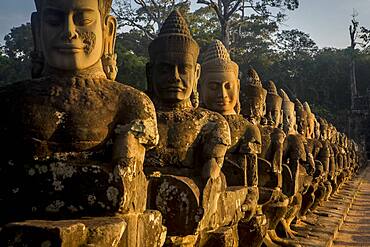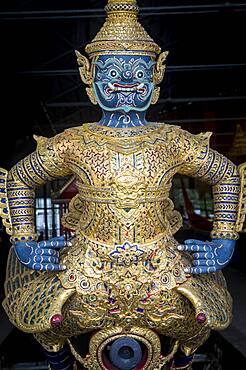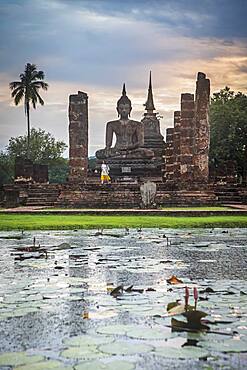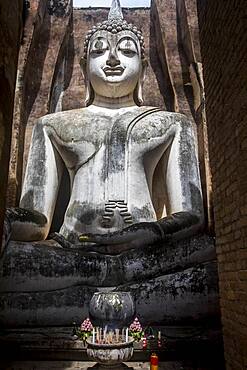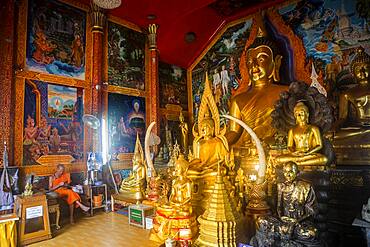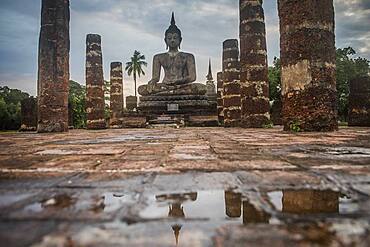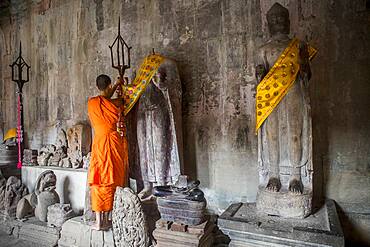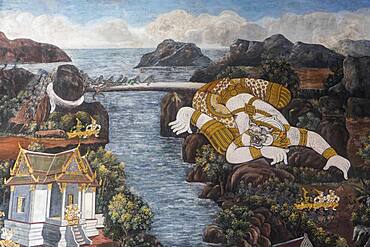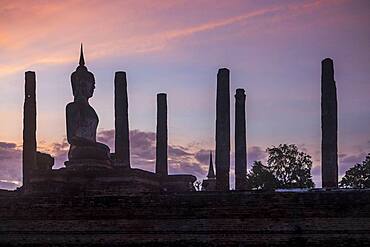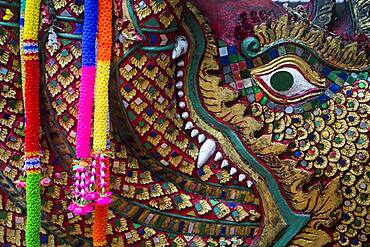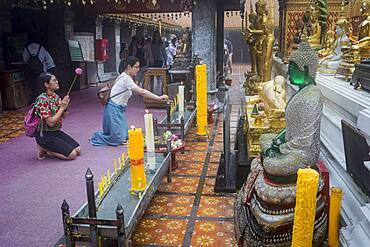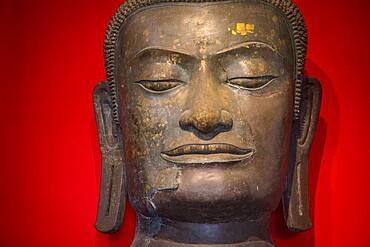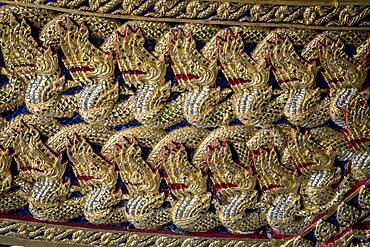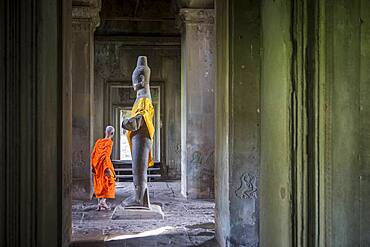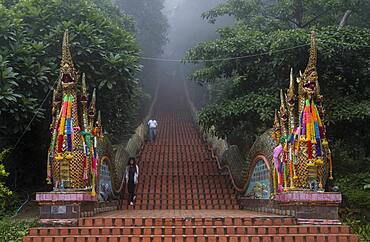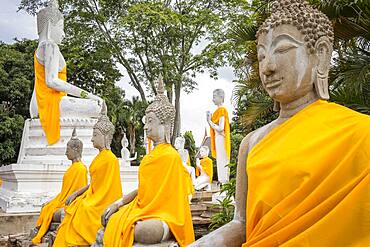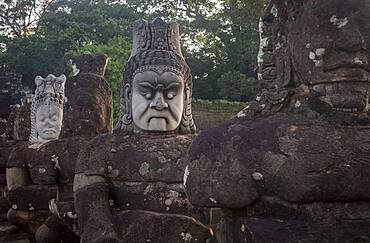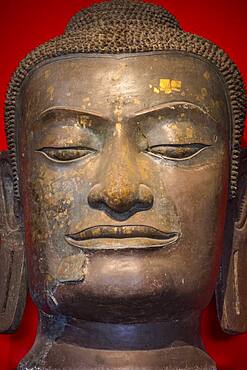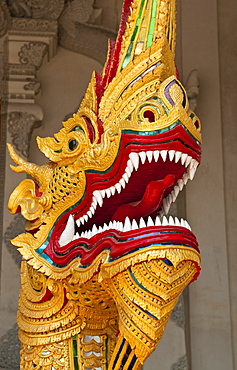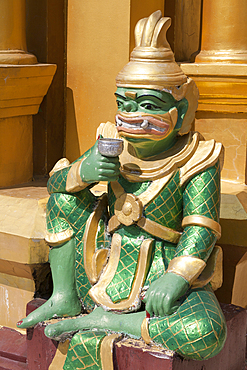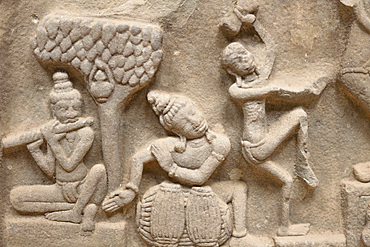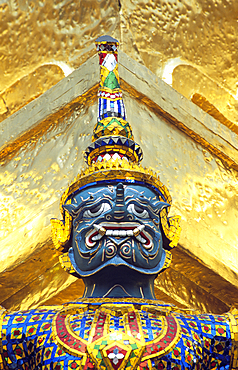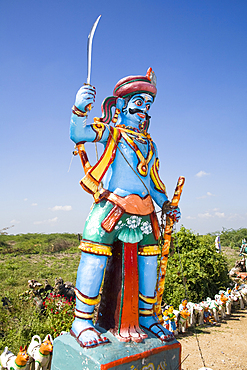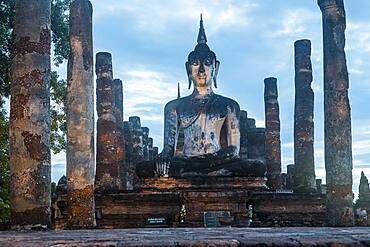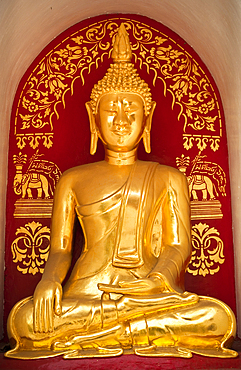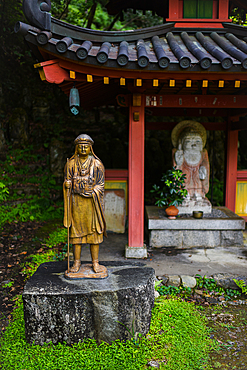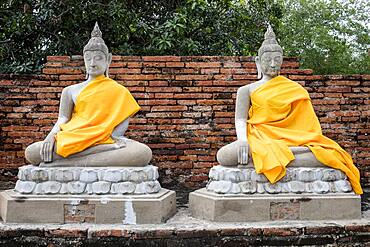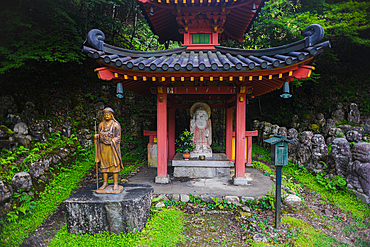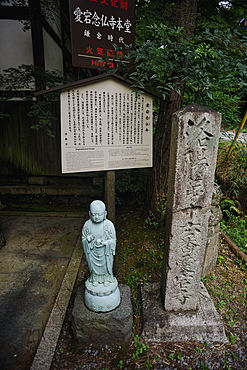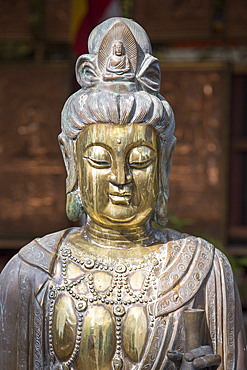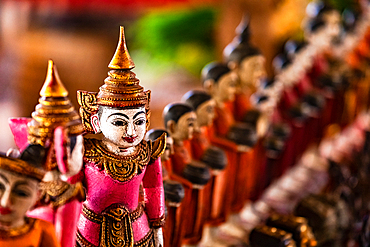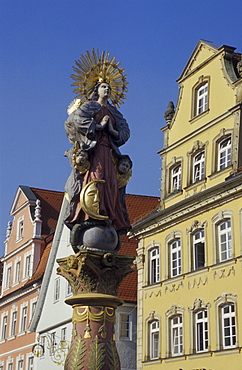Results
« Previous 1 2 3
209 results found
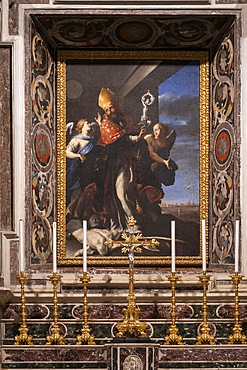
Altar of Sant'Oronzo, Lecce Cathedral (Cathedral of Maria Santissima Assunta and Sant'Oronzo), Lecce, Salento, Apulia, Italy
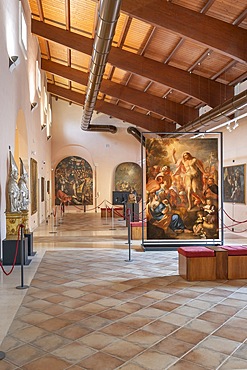
The Sermon of Saint John the Baptist, 1685, Church of Gesu (Buon Consiglio), Museum of Sacred Art, Lecce, Salento, Apulia, Italy
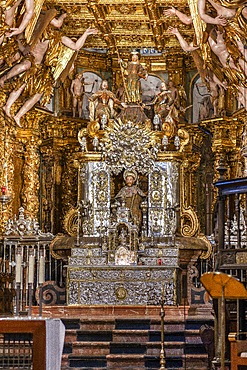
Cathedral of Santiago de Compostela (Cathedral of Saint James of Compostela), UNESCO, Santiago de Compostela, Galicia, Spain
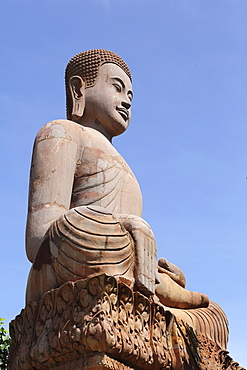
Long-eared Buddha figure at Udon Monastery (Vipassana Dhura Buddhist Centre) at Phnom Udon, Udong, Cambodia, Indochina, Southeast Asia, Asia
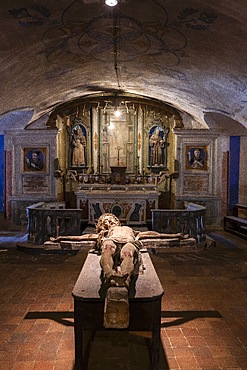
Soccorpo Cathedral (Lamia dei Morti) (Cemeterio) (Church of S. Croce), Cathedral of S. Maria Assunta, Gravina, Bari, Alta Murgia, Apulia, Italy
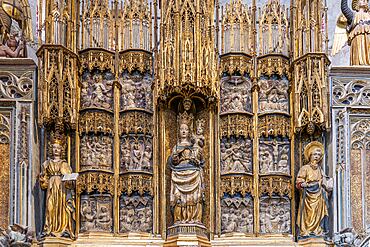
Main altar, Metropolitan and Primatial Cathedral Basilica of Santa Thecla, Tarragona, Catalonia, Spain
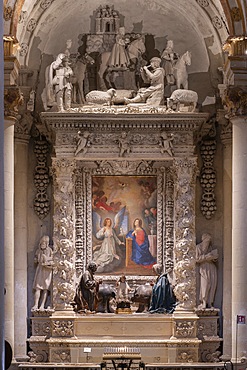
Lecce Cathedral (Cathedral of Maria Santissima Assunta and Sant'Oronzo), Lecce, Salento, Apulia, Italy
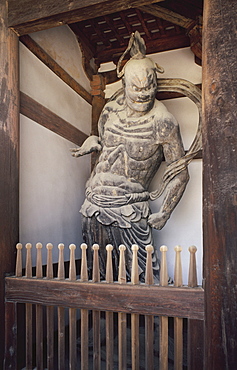
Guardian figure at Horyuji Temple, which contains the world's oldest wooden structures, Nara, Japan, Asia
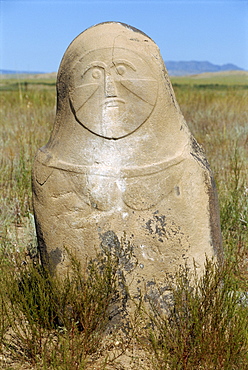
Carved figure at the Kayinarl Tombs, Turkic from 2nd century BC to 7th century AD, in the Altay mountains, Xinjiang, China, Asia
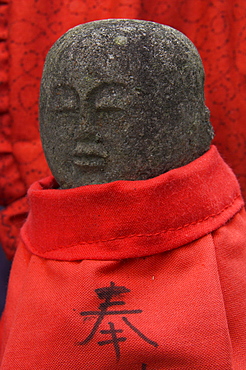
Small stone figure wearing traditional red dress, Nanzen Ji shrine, Kyoto, Kansai, Honshu, Japan, Asia
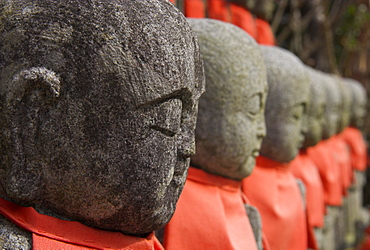
Close up of a row of stone figures wearing red cloth, Sanzen In shrine, Kyoto, Kansai, Honshu, Japan, Asia

Mystical figure, white umbrella and golden stupas, Shwedagon Paya, Yangon (Rangoon), Myanmar (Burma), Asia
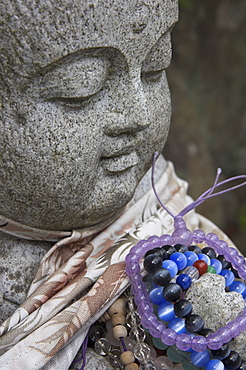
Close up of a traditional stone figure with prayer bracelets, Daisho In temple, Miyajima, Honshu, Japan, Asia

Traditional bronze figure of Buddha with red scarf and fresh flowers, Daisho In temple, Miyajima, Honshu, Japan, Asia

Small Buddha figures in cave, Pindaya Natural Cave Museum, Pindaya, Shan State, Myanmar (Burma), Asia
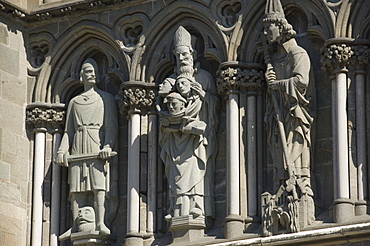
Macabre three figure detail from the front of Nidarosdomen Og Cathedral, Trondheim, Norway, Scandinavia, Europe
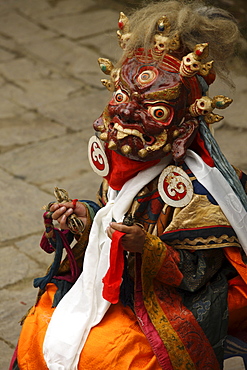
A solitary mask dancer appears wearing a frightening mask and silk brocade. they circle the courtyard with sprightly leaps. called protectors of faith, or dharmapdla, the origins of figures like these can be traced back to the pre-aryan peoples of india. originally known as yaksas (literally, a wondrous thing), they were tree spirits, who were accepted by the buddhists as defenders of the faith. in nepal and tibet, as in india, local deities were converted into protectors. a devotee of an alien sect devised a means to humiliate the buddha and his disciples. the buddha discovered it and succeeded in converting him to his teaching. due to lack of wisdom, the buddha remarked, some could not realize the goodness of his disciples and he compared the ignorant to the blind and the wise to those who have eyes.nobody is condemned in buddhism, for greatness is latent even in the seemingly lowliest just as lotuses spring from muddy ponds. -the dhammapada. solu khumbu, nepal
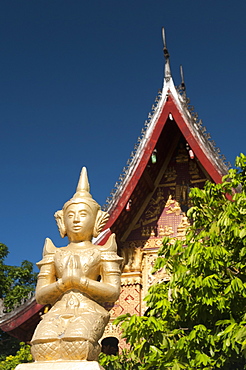
Statue of a kneeling figure praying in front of Temple of Wat Sop Sickharam, Luang Prabang, Laos, Indochina, Southeast Asia, Asia
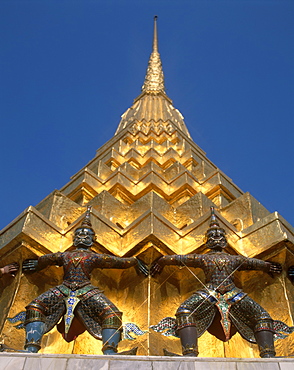
Gilt chedi and Ramakien figures, Wat Phra Kaeo, Grand Palace, Bangkok, Thailand, Southeast Asia, Asia
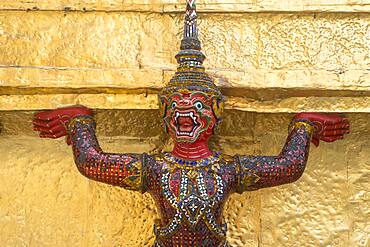
Statue of demon on a Golden Chedi, at the temple of the Emerald Buddha Wat Phra Kaeo, Grand Palace, Bangkok, Thailand
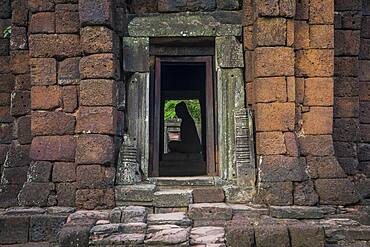
Buddha statue, Central sanctuary, in Prasat Hin Phimai (Phimai Historical Park), Phimai, Nakhon Ratchasima province, Thailand
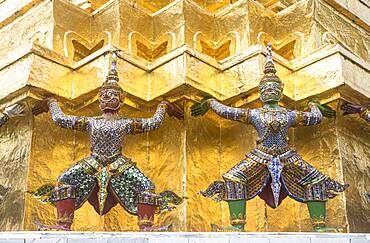
Statues of demons on a Golden Chedi, at the temple of the Emerald Buddha Wat Phra Kaeo, Grand Palace, Bangkok, Thailand

Thotkhirithon demon guardian figure at Wat Phra Kaeo on the grounds of The Grand Palace in Bangkok, Thailand.

Guardian mythical demons or Yaksha supporting the base of a golden Chedi at Wat Phra Kaew on the grounds of The Grand Palace; Bangkok, Thailand.

Garuda figures on the ubusot, the main building of Temple of the Emerald Buddha at The Grand Palace in Bangkok, Thailand.
